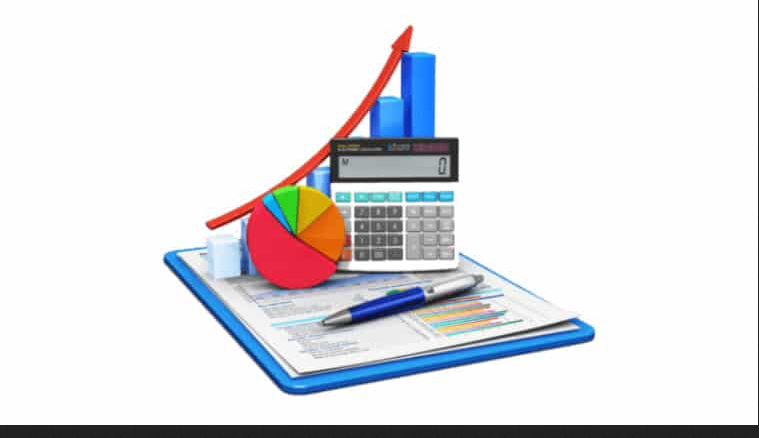How to do a simple feasibility study?
How to do a comprehensive and simplified feasibility study
A guide on how to do a feasibility study for a small project. In this article, we will share with you how to complete a complete feasibility study for your project in a comprehensive and simplified manner.
The economic feasibility study is a process of collecting information about a proposed project and then analyzing it to find out the possibility of implementing and reducing the risks and profitability of the project. The main output of the feasibility study is the answer to the question “Is the project feasible for investment?” Yes or no.
How to do a feasibility study for a small project
The establishment and continuity of any project requires taking into account its various needs and requirements in terms of marketing, technical and financial aspects, and the feasibility study aims through its three elements: market study, technical study, and financial study to identify those requirements and needs.
The first step: study the market
1. Determining the extent to which the market absorbs the commodity by knowing the expected demand for it, by studying who the consumers are, the quantities consumed, and expectations of an increase or decrease in market demand.
2. Determining the market share by comparing the quantity offered of commodities and the quantity required by comparing the quantity offered of commodities and the quantity required by understanding the applied competition methods.
3. Determine the volume of sales, taking into consideration the pricing policy, production quality, and method of distribution and promotion.
The second step: the technical study
Summary: The different production stages in terms of:
1. Determine the fixed assets by knowing the appropriate location, construction and rates required for manufacturing.
2. Determine the requirements of production of raw materials, labor and public facilities.
3. Determine the production process in terms of production stages up to the storage process, the duration of the production cycle, and the quantity produced therein.
The third step: the financial study
Step 1: List the types of total project costs:
A- Foundational costs: These are costs that are paid once and are not refundable and are related to preparation for starting work (legal fees, licensing and registration fees, consultations and studies).
B- Capital costs: It is the cost of obtaining the elements of production (land, buildings, machinery and equipment), and it is spent once before the start of production, but it can be recovered through sale.
C- Operational costs: These are the costs resulting from the production process, and are calculated for the duration of one production cycle, taking into account the dates of fixed costs.
1. Fixed costs: This is the cost necessary to operate the project, meaning that it does not change with the change in the volume of production, such as land rent, periodic maintenance and salaries.
2. Variable costs: These are the costs that are related to the level of production, that is, they change with the volume of production and include raw materials, workers’ wages, and energy bills.
D- Total total costs of the project: It represents the total costs mentioned above to start and operate the project.
Step 2: Calculate the monthly and total profit:
1. Monthly Revenue: It represents the quantities sold multiplied by their price, which is the monthly cash income of the project.
2. Monthly operating costs: It is the sum of the monthly fixed and variable costs.
3. Gross monthly profit: It is the remaining income from sales after deducting operating costs.
Step 3: Calculate the net monthly profit:
In this step, all non-cash expenses will be subtracted from the gross profit, (such as depreciation, average start-up costs, and financing costs such as bank interest).
Monthly net profit = monthly revenue – monthly expenses
1. Monthly revenue: (from the second step)
2. Total monthly expenses: It is the sum of cash and non-cash expenses and includes monthly operating costs, the monthly foundational cost average, the monthly depreciation of machinery and construction, and the monthly financing cost (often represented by the monthly interest).
3. Net monthly profit: It is the remaining income from sales after subtracting the total monthly expenses. .
Step 4: Calculate the bank’s monthly installment:
Bank monthly installment = loan value + monthly interest / [(6 years x 12 months) – exemption months]
Step 5: Financial Tests:
Calculating the break-even point: The break-even point is the point at which the project does not achieve any profit or loss, and the total revenues are equal to the operating costs.
A- Calculating the break-even point: It is the point at which operating costs are equal to revenues. Before this point, the project achieves losses, and after this point, the project begins to achieve operating profit.
B – Calculating the rate of return on investment: It is the ratio of the annual net profit to the total costs of the project. This ratio represents the percentage of investment that will be recovered after a full year from the start of the project.
Abstract: Financial study
1. Calculating the total costs of the project by collecting capital costs, constituent costs, and operational costs, and determining the size of the investment.
2. Calculate the expected monthly gross profit by subtracting the monthly operating costs from the monthly returns.
3. Calculate the monthly net profit by subtracting the total monthly expenses from the monthly returns.
4. Make a cash flow schedule by identifying the cash inflows and outflows from the project over a specific period of time.
5. Conducting financial tests to measure the feasibility of the project through:
A- Calculating the break-even point.
B- return on investment
How to conduct a feasibility study for a small project differs from large commercial projects that need many studies and data and require a longer time to be prepared. (You may be interested in: Feasibility study of a project ready for download)

